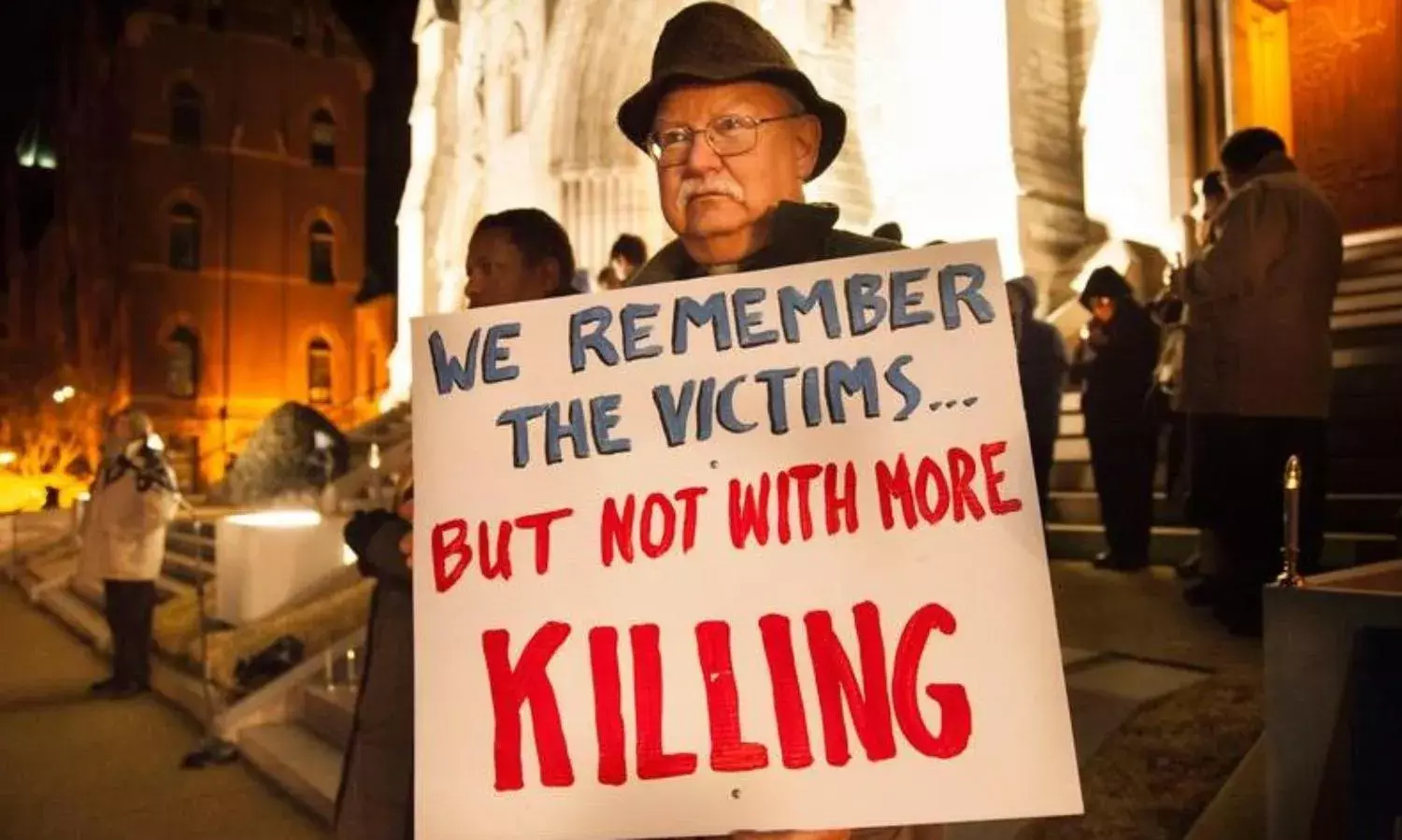Death Penalty Is Not The Answer To Sexual Violence: Implement Justice Verma Committee Report
Demands for death penalty for rapists is not the answer to sexual violence;

NEW DELHI: The Prime Minister of India called for an immediate cabinet meeting on April 21, to discuss two major issues of which one was death penalty of an individual convicted of raping a minor. The Centre has begun the process of amending the Protection of Children Against Sexual Offenders (POCSO) Act, as public pressure escalates demanding justice for the gruesome cases of sexual violence in Jammu and Kashmir’s Kathua and Uttar Pradesh’s Unnao. The Indian Government retracted from its position in January 2018 where it had stated that ‘death penalty is not the answer for everything’ in response to a PIL filed at the time.
Demanding the most stringent action to be taken against the perpetrators of rape in the Kathua and Unnao rape cases, Delhi Commission for Women Chairperson (DCW), Swati Maliwal began her hunger strike in Rajghat, last week. Today, marks the eighth day of her hunger strike, while several lawyers and activists have written to her asking to withdraw the indefinite strike demanding death penalty for those who rape minor girls.
The country has seen widespread protests, both in social media and in the streets, where thousands of protesters have come together, demanding strict action to be taken against perpetrators of sexual violence and ensuring safety for women in India. But, what we fail to identify is the lack of implementation of existing laws is a more pressing matter that has contributed to a rise in sexual assault cases in the country.
Remembering the case of rape convict, Dhananjoy Chatterjee and the country wide protest in support of his hanging, I recall how I was persuaded into believing that death penalty would result into curbing sexual violence against women and children in the country, thereafter. But has that been effective? According to the statistics provided by the National Crime Recording Bureau, 34,651 cases of reported cases of rape in India in 2015, shooting upto 40,000 cases in 2016, out of which 40% is that of reported cases of child abuse.
It was only after the gangrape and fatal assault of a medical student in 2012, that the Justice Verma Committee report was introduced. A careful read into the document brings into light the importance of Article 15(3) of the Indian Constitution, that obliged the State to “adopt and strictly enforce preferential measures in relation to matters affecting women and children.” Further the committee recommends improvisation in school curriculums and introduction of gender sensitization schemes that can help in ‘psychologically reconstructing’ the psyche of the Indian male.
A study by the Kailash Satyarthi Children’s Foundation states that the current backlog of the child sex abuse cases would take two decades for the courts to clear. What we need now is the effective working of the fast track courts that have been introduced post the 2012 rape incident. We need speedy trials to 133,000 pending rape cases reported in 2016 according to the National Crime Recording Bureau, in India. Death penalty cannot be the solution to curb violence against women and children, as there is no evidence that it helps in deterrence of rape.
The demand for conviction of sexual abusers should be the primary concern, as the conviction rate of perpetrators is low in the country. Perpetrators should be immediately booked after a report is registered and not given impunity by the ruling disposition in our country. Consider the Kathua incident, for instance. The perpetrators have been clearly supported by the ruling majority who have taken out marches in support of the convicts, even after they have been arrested.
There is need for all citizens to take up gender sensitization, as a mission to address the rapid growth of sexual violence in the country. We need to provide support to victims and survivors of violence.

